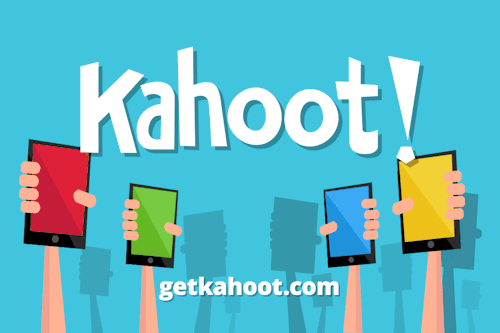A webtool I came across last year was this; Tour Builder a Google Earth plug in. In fact I even explained this when I was at a conference in the demo slam. And I won!! So exciting. I've only used it a couple of times in class, but I do totally love it.
The basic premise of it is that you can create a tour across the world using Google Earth. This can then have different pictures and videos added to come up with an explanation of each stop along the way.

I used mine to create one about the journey that a Muslim will go on if they are doing Hajj. My Tour Builder began at Heathrow aiport and then flew across to Jeddah. There will links to the Ka'baa and the pillars of Jamraat in Mina. It was really easy to make and I loved using all the search boxes to find the pictures I wanted, rather than having to save them and then insert them. You could change the icons for the different places you stopped off at and then in the white box on the side insert detailed information to explain each one, or even link in a video. I did struggle to work out how to put the videos in. That is something I will need to work on as it wasn't quite as straight-forward as linking a youtube clip.
What I really liked about it was the ability to see the distance that a Muslim will travel, thus realising that a tremendous undertaking it is. The class were seriously impressed by it. At points we could have done with zooming in on the writing, but we were able to make the pictures bigger which was necessary so that everyone could see. My normally not wonderfully behaved class completely lapped it up! I guess I will have to wait till next week to see if they actually understood or took anything in. One boy even said later that the lesson was too fun for him to have learnt anything. I think he did. They'll be a tough answer and question session for us to try out next week....
You can see it here.















